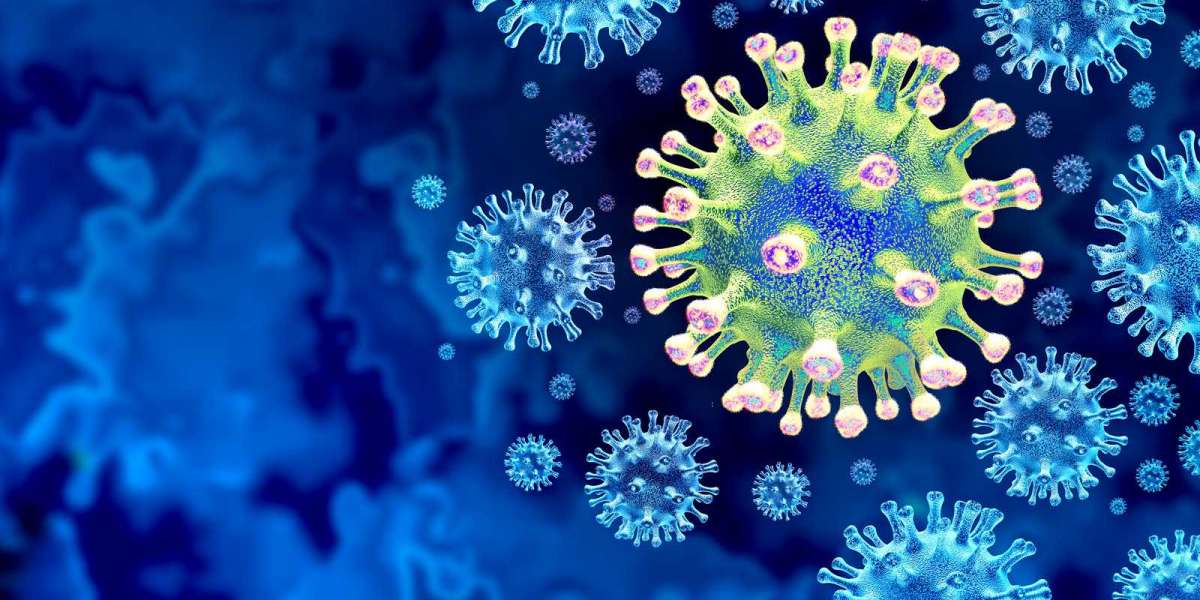Hyperpigmentation is a common skin condition characterized by darkened areas on the skin, resulting from an excess production of melanin. This condition can affect individuals of all ages and backgrounds, often leading to concerns about appearance and self-esteem. In Cheshire, many residents are seeking effective solutions to address hyperpigmentation, which can manifest in various forms such as age spots, melasma, and post-inflammatory hyperpigmentation. This article aims to explore the causes, effects, and treatment options for hyperpigmentation in Cheshire, providing valuable insights for those affected.
What is Hyperpigmentation?
Hyperpigmentation occurs when certain areas of the skin become darker than the surrounding skin due to an increase in melanin production. Melanin is the pigment responsible for the color of the skin, hair, and eyes, and its production can be influenced by a variety of factors, including sun exposure, hormonal changes, and skin injuries.
There are several types of hyperpigmentation, including:
1. Sun-Induced Hyperpigmentation
Sun exposure is one of the most common causes of hyperpigmentation. Ultraviolet (UV) rays from the sun stimulate melanin production as a natural defense mechanism against skin damage. Over time, this can lead to the development of sunspots or age spots, particularly in areas regularly exposed to sunlight, such as the face, hands, and shoulders.
2. Melasma
Melasma is a specific form of hyperpigmentation that primarily affects women, often appearing as brown or gray-brown patches on the face. It is frequently triggered by hormonal changes, such as those occurring during pregnancy or from the use of hormonal contraceptives. Melasma can be especially stubborn, making it a common concern for many individuals.
3. Post-Inflammatory Hyperpigmentation
This type of hyperpigmentation occurs following an injury or inflammation of the skin, such as acne, cuts, or other skin conditions. After the skin heals, dark spots may remain as a result of the inflammatory response, which can be frustrating for individuals who have experienced skin issues.
The Psychological Impact of Hyperpigmentation
The visible nature of hyperpigmentation can have a profound effect on an individual's self-esteem. Many people with hyperpigmentation report feelings of self-consciousness, anxiety, and frustration, which can lead to social withdrawal and a decline in overall quality of life. The desire for clear, even-toned skin often drives individuals to seek treatment options that can help alleviate their concerns.
Support groups and counseling can provide valuable resources for those coping with the emotional effects of hyperpigmentation. Connecting with others who share similar experiences can foster a sense of community and understanding, which can be beneficial in managing the psychological impact of skin conditions.
Common Causes of Hyperpigmentation
Understanding the underlying causes of hyperpigmentation is crucial for effectively addressing the condition. Several factors can contribute to the development of hyperpigmented areas on the skin:
1. UV Exposure
Prolonged exposure to the sun is a primary trigger for hyperpigmentation. UV rays stimulate the production of melanin, leading to the formation of dark spots on the skin. This is especially prominent in individuals who do not use sun protection regularly.
2. Hormonal Changes
Hormonal fluctuations can significantly influence melanin production. Conditions such as pregnancy, the use of hormonal contraceptives, and hormone replacement therapy can trigger melasma, resulting in dark patches on the face.
3. Genetics
Genetic predisposition plays a role in hyperpigmentation. Some individuals may be more susceptible to developing dark spots based on their family history. Understanding one’s genetic background can provide insight into potential skin concerns.
4. Medications
Certain medications, particularly those that increase sensitivity to sunlight, can contribute to hyperpigmentation. Individuals taking these medications should be aware of the potential side effects and take precautions to protect their skin from UV exposure.
5. Skin Injuries
As mentioned earlier, post-inflammatory hyperpigmentation occurs after injuries or inflammation of the skin. This can happen after acne lesions, surgical procedures, or any other skin trauma, leading to dark spots once the skin has healed.
Treatment Options for Hyperpigmentation
Fortunately, various treatment options are available for individuals seeking to address hyperpigmentation. The effectiveness of these treatments can vary based on the type and severity of the pigmentation, as well as individual skin type. Here are some commonly used approaches:
1. Topical Treatments
Topical treatments are often the first line of defense against hyperpigmentation. Ingredients such as hydroquinone, retinoids, and vitamin C are known for their skin-brightening properties. These products work by inhibiting melanin production and promoting an even skin tone.
2. Chemical Peels
Chemical peels involve applying a solution to the skin that exfoliates the outer layers, promoting cell turnover and revealing fresher skin beneath. This treatment can help reduce the appearance of hyperpigmentation and improve overall skin texture. Different types of peels are available, ranging from superficial to deep, depending on the severity of the pigmentation.
3. Laser Therapy
Laser treatments have gained popularity as effective methods for addressing hyperpigmentation. Various laser types target melanin in the skin, breaking it down and allowing the body to naturally eliminate it. Laser therapy is particularly beneficial for individuals seeking swift results and can be tailored to suit different skin types.
4. Intense Pulsed Light (IPL) Therapy
IPL therapy uses broad-spectrum light to target pigmentation and redness in the skin. This non-invasive treatment can effectively diminish sunspots and other forms of hyperpigmentation. It is often favored for its versatility and ability to treat multiple skin concerns simultaneously.
5. Microneedling
Microneedling involves creating controlled micro-injuries in the skin using fine needles, stimulating collagen production and encouraging skin rejuvenation. This treatment can help improve skin texture and tone, making it an effective option for those with hyperpigmentation issues.
Preventing Hyperpigmentation: Tips and Practices
While treatment options are available, preventing hyperpigmentation is always preferable. Here are some practical tips for individuals looking to safeguard their skin against dark spots:
1. Sun Protection
Applying a broad-spectrum sunscreen with a high SPF daily is one of the most effective ways to protect the skin from UV damage. Sunscreen should be reapplied every two hours, especially during prolonged sun exposure. Wearing protective clothing and seeking shade during peak sun hours can also help minimize sun damage.
2. Skincare Routine
Maintaining a consistent skincare routine that includes gentle exfoliation and hydrating products can promote skin health. Incorporating antioxidants, such as vitamin C, can help brighten the skin and protect against environmental damage.
3. Avoiding Irritants
Individuals should avoid using harsh products that can irritate the skin, as this can lead to inflammation and exacerbate pigmentation issues. Opting for gentle, non-comedogenic products can help maintain skin balance.
4. Healthy Lifestyle
A healthy lifestyle that includes a balanced diet, regular exercise, and adequate hydration contributes to overall skin health. Foods rich in vitamins and antioxidants can promote skin vitality and resilience.
Seeking Professional Help
When dealing with hyperpigmentation, consulting a healthcare professional or dermatologist can provide valuable insights and guidance. A thorough evaluation can help determine the underlying cause of the pigmentation and inform the most appropriate treatment options.
In Cheshire, various clinics offer specialized services for individuals dealing with hyperpigmentation. Professional guidance is essential for developing a personalized treatment plan that addresses individual needs and concerns.
Conclusion: Embracing Clear Skin with Este Medical Group Cheshire
In conclusion, hyperpigmentation is a common concern that can significantly impact an individual’s quality of life. With various treatment options available, those in Cheshire seeking to address hyperpigmentation can find effective solutions tailored to their unique needs. By understanding the causes of hyperpigmentation and exploring the array of treatment options, individuals can take proactive steps toward achieving a more even and radiant complexion.
As individuals embark on their journey to healthier skin, the expertise and personalized care offered by Este Medical Group Cheshire can guide them every step of the way. Embracing these treatments not only enhances appearance but also contributes to improved self-confidence and well-being, allowing individuals to face the world with renewed vitality and assurance.







